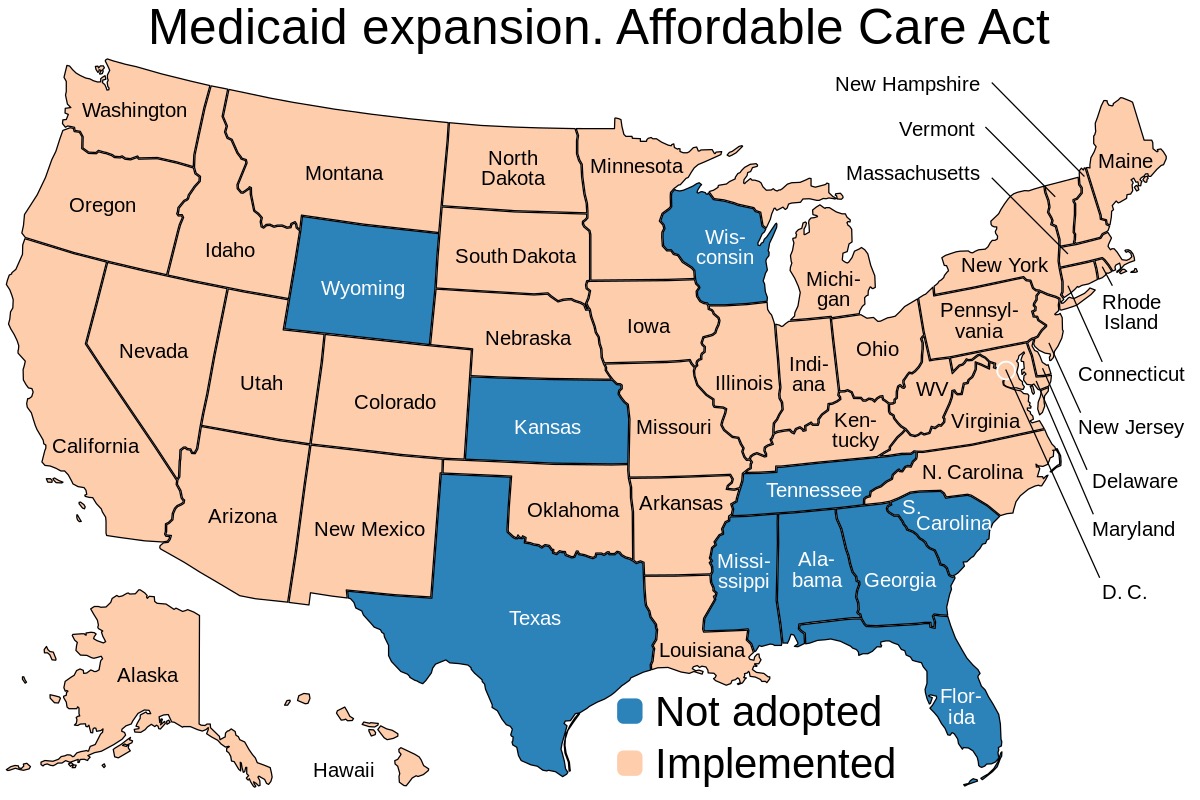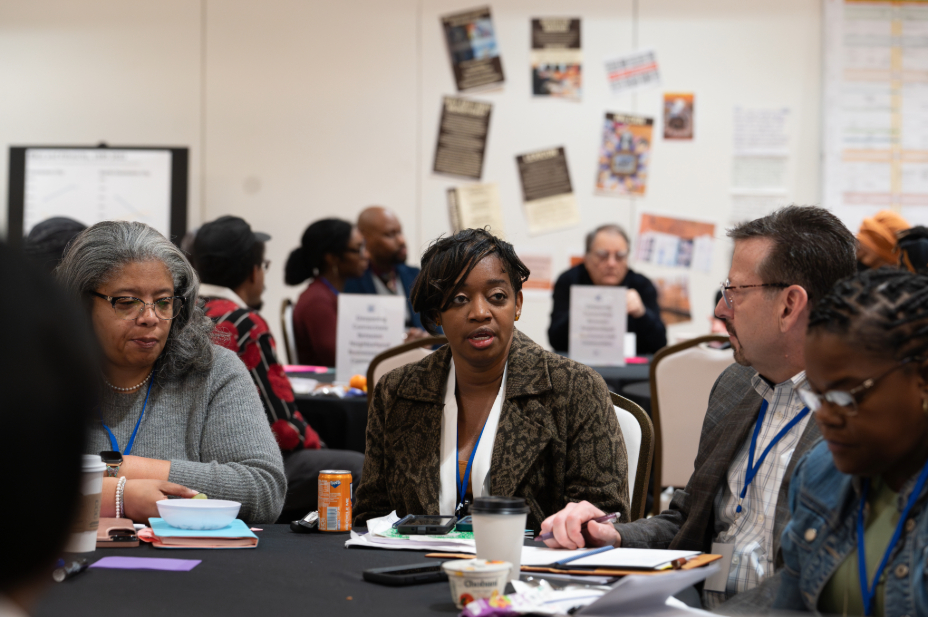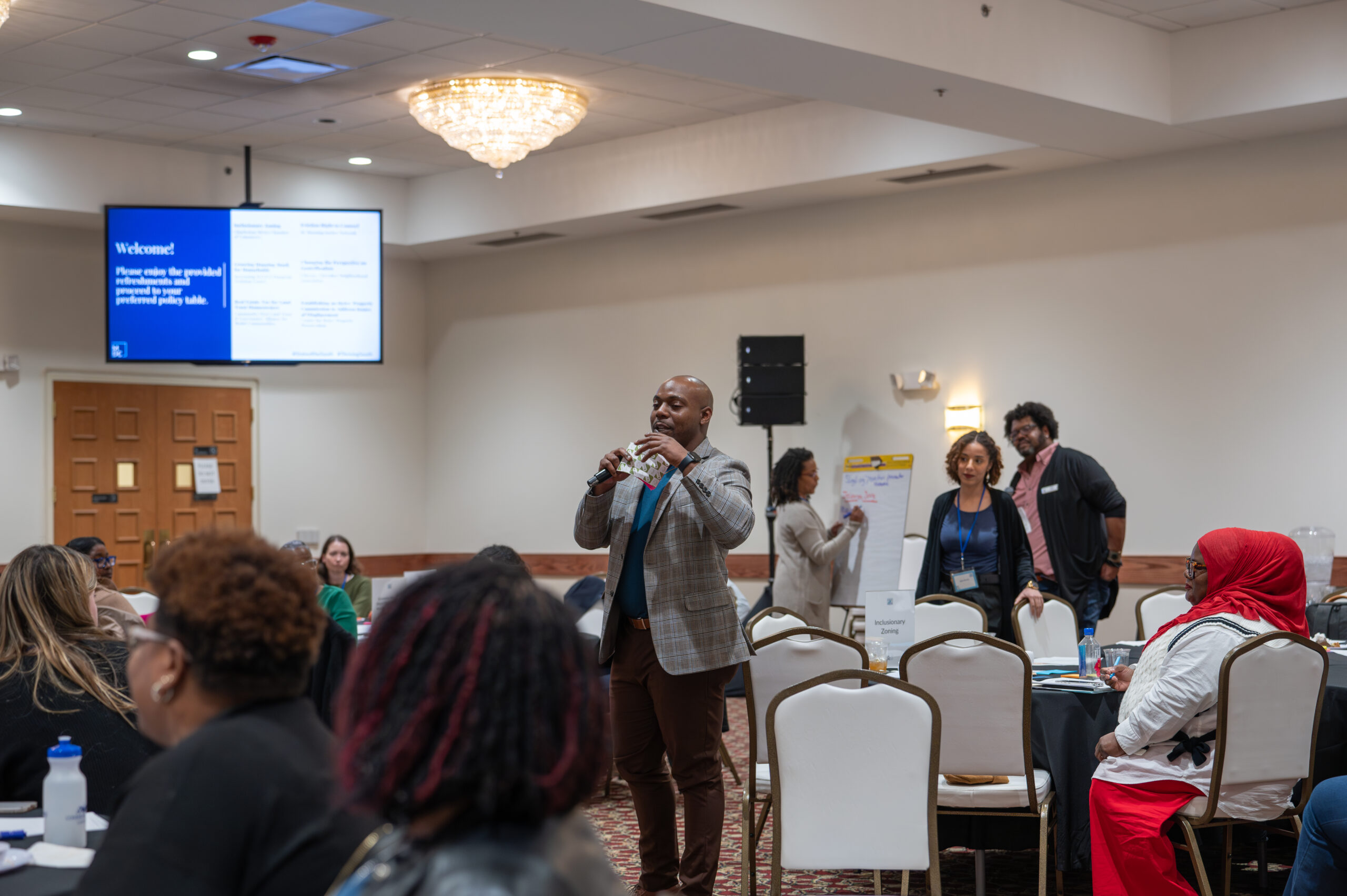Racial Equality or Racial Equity? The Difference it Makes
Apr 02, 2014
Third in the blog series “What is Racial Equity?” by the Race Matters Institute.
Are you confused about the difference between equality and equity? You’re not alone! Let’s see if we can help clarify. This is not a word game – it matters deeply for how we invest precious societal resources in our young people, families, and communities.
We’ll demonstrate how….
An earlier blog in this series defined racial equity as follows: Racial equity results when you cannot predict advantage or disadvantage by race. But the route to achieving equity will not be accomplished through treating everyone equally. It will be achieved by treating everyone equitably, or justly according to their circumstances.
These distinctions are best understood with a concrete example. Let’s say that a school system’s goal is for all middle school children to attain proficiency to conduct online research for their classes. This school system’s baseline is that some middle schools have a stronger IT infrastructure than others – greater bandwidth, more computers per student population, and the like. It happens that in this particular school system, like in far too many around the country, the IT infrastructure is least robust in those schools that disproportionately serve students of color.
Now let’s say that the school system receives a grant to improve middle school IT infrastructures to advance students’ online research skills. Should this grant be distributed on the basis of equality or equity? In other words, should each school get the same amount of funding, or should funding be distributed according to each school’s IT circumstances?
If you opt for equal funding per school, racial gaps will remain, and you will not address existing racial inequities. If you opt for equitable funding, the outcome is that students in School B above now have the opportunity to perform along the lines of students in School A, which they would not have had if you had distributed funding equally.
Of course, our goal is likely to be that the bar is raised so that all students have access to a computer in the classroom in real time. This is why we advocate the dual aspirations of raising the bar and closing the gaps. Yet, when resources are limited, as they often are, it is critical to invest in ways that erase those gaps that for too long have compromised the promise of children, families, and communities of color. Racial equity matters.
Written by:
Paula Dressel, Ph.D.
Race Matters Institute
This post is the third in a series defining racial equity. Sign up for email updates to receive notification when new posts are available.








